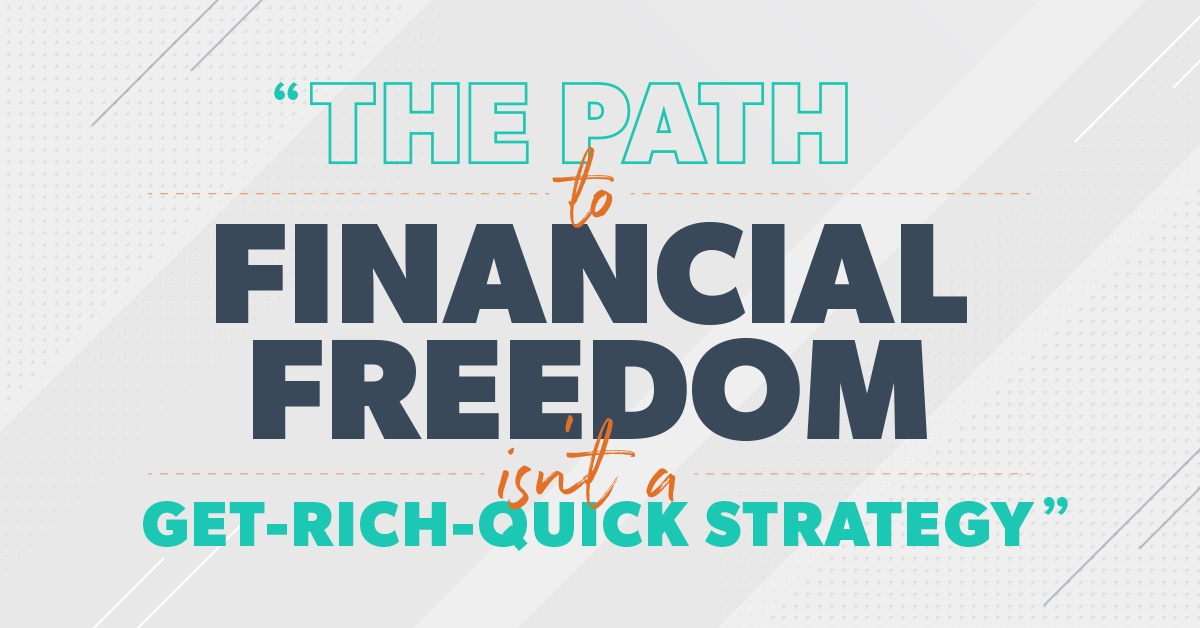by Dr. Steve Sjuggerud, Chairman, Investment U, and Alex Green, Investment Director, The Oxford Club
Today’s article is a great reminder of where to focus your time when it comes to your investments…
Ten days ago, Oxford Club Investment Director Alex Green sent this note below to his readers. It’s a reminder of the six steps on how to protect your financial security and the things that matter when it comes to your future investment returns.
I find it ironic that the one thing on this list that you have the least control over – your future investment returns – is the thing that most people spend the most time on. It’s true.
To secure your retirement and overall financial well-being, take a moment here… And consider spending less time on the investment-selection side of things, and give more time to the other things on the following list that you do have some control over. (Thanks, Alex, for the good reminder.)
How To Protect Your Financial Security
By Alexander Green, Oxford Club Investment Director
In a world of disappearing company pensions, skimpy bond yields, and rich stock valuations, your investment portfolio now needs to last longer than ever…
Even if you receive a pension or Social Security (and both of these could be threatened in the long term) you may still need personal income from your portfolio to supplement your lifestyle and pay for ever-increasing healthcare costs (including rising insurance premiums).
In short, you don’t want your retirement assets to kick the bucket before you do. Fortunately, there are concrete steps you can take now to safeguard your finances and assure your retirement assets are around for the long haul.
When I give speeches I often mention that there are six – and only six – factors that will determine the future value of your investment portfolio and the returns you can expect. Here they are:
1. The Amount of Money You Save
According to Jonathan Clements of The Wall Street Journal, “last year’s 1.3% savings rate was the lowest since 1934 and well below the 8% to 10% of disposable income that was typically saved in the 1960s, 1970s, and 1980s.”
So, then, how do you save more? Here’s how:
Maximize your incomeLive beneath your means
Religiously save the difference
Bear in mind, this is no small feat. (As Errol Flynn once said, “My problem is reconciling my net income with my gross habits.”) For most folks in our upwardly mobile society, living beneath their means provides a major challenge. But, trust me, a comfortable retirement without sufficient income is a bigger one.
2. The Length of Time You Let Your Investments Compound
Invest $500 a month at the age of 30, let it compound at 12% annually until you turn 65 and it grows into more than $3.2 million. Start doing the same thing at 50 and you wind up with less than $250,000.
In other words, when it comes to saving, investing, and generally protecting your financial security…sooner trumps later every time.
3. Your Asset Allocation
This refers to how you divide your investment portfolio into broad asset classes like stocks, bonds, real estate, cash and precious metals. By spreading your investments among non-correlated assets like these, you can maintain higher returns while taking less risk – the Holy Grail of investing.
4. Your Annual Investment Returns
This boils down to your asset allocation plus your security selection. If you’ve been acting on our Oxford Club recommendations, you’re already beating the market by a wide margin. However, we’re not relying solely on superior research and due diligence. We’re also keeping your risk low by sticking to high-quality securities, diversifying broadly, and running trailing stops behind our individual stocks to protect your principal and secure your profits.
5. The Amount of Investment Expenses You Absorb
It’s important that you keep your investment costs to the absolute minimum. How is this done? Specifically, it means avoiding high commissions, front- and back-end loads, expensive insurance products, and other Wall Street booby traps. Remember, the goal–your primary objective–is for you to become independently wealthy, not to make your broker financially better off.
6. The Amount of Taxes You Pay
Don’t discount the long-term effect of the taxman knocking on your door each year. Instead, you must tax-manage your investments.
Fully fund your IRA or 401(k). Hold your investments 12 months or longer when possible to qualify for the lower long-term capital gains rate. (Or do your short-term trading in a tax-deferred account.) At year-end, offset realized gains with realized losses, if you have them. And keep high-yielding assets that would be taxed at higher rates – like bonds and real estate investment trusts – in your qualified retirement plan.
These are the six factors you can use to protect your financial security…and the six things that will ultimately determine the value of your investment portfolio. They’re simple, but they’re also fundamental. If you save as much as you can, start as soon as you can, asset allocate your portfolio properly, and minimize taxes and expenses, most of the heavy lifting is done.
And that means you can relax and enjoy your retirement, rather than sounding like poet E.E. Cummings, who once remarked, “I’m living so far beyond my income… we may almost be said to be living apart.”
Source: InvestU

